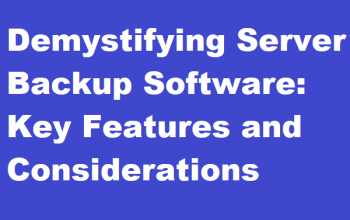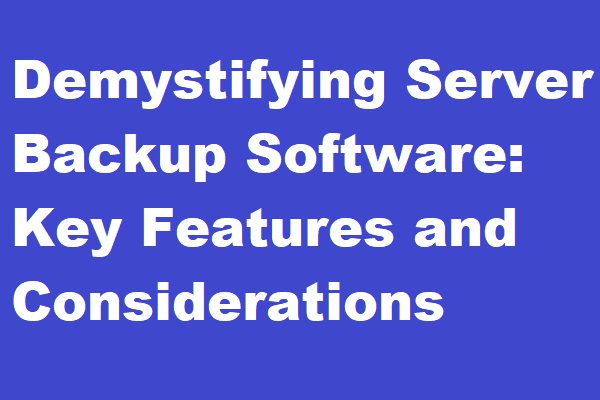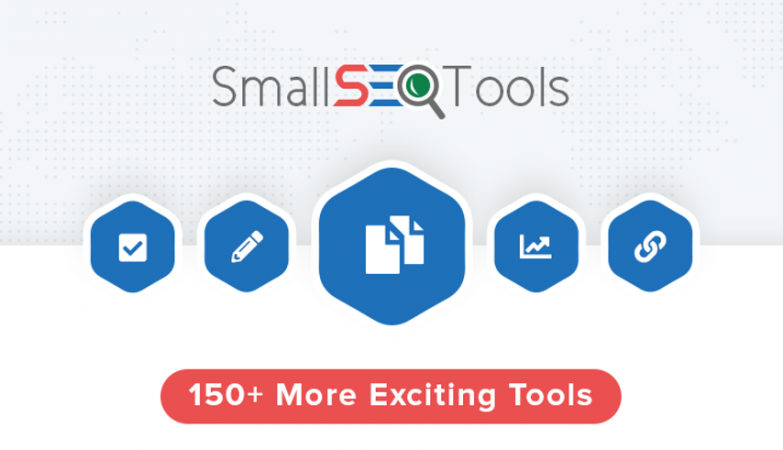Microsoft announced earlier this year that it would retire fifteen certifications and forty-four assessments, including MCSA: metallic element news, which validated information analysts’ experience using Power metallic element and surpass to review data through dashboards and reports. The change is the result of the company’s announcement in 2018 that it will focus on role-based certifications such as information analyst, information engineer, and information person.
Mordor Intelligence, a market analysis and information agency, predicts that the global digital visual picture market will rise at a compound annual rate of over 9% between 2020 and 2025, as companies aim to become more analytically oriented. Gartner has ranked Microsoft as a pacesetter in the analytics and business intelligence technology room for the past thirteen years, noting the company’s “comprehensive and visionary product roadmap” as well as its “Excel scope across its Microsoft workplace channel.” Power metallic element’s data processing, visual-based knowledge discovery, dynamic dashboards, and expanded analytics account for a significant part of this.
See More Download Free Apps for Window 10 From Microsoft Store
People are recommended by Microsoft. Instead of seeking the MCSA: metallic element news certification, the World Health Organization is pursuing the new Microsoft Certified: intelligence Analyst Associate certification. The learning direction for the information analyst job is also mostly focused on technological Microsoft Power metallic aspect skills.
What does it entail to be a Microsoft Certified: Knowledge Analyst Associate?
Microsoft accredited information analyst associates are subject matter experts who develop and create climbable data models, clean and remodel data, and provide market value through data visualizations. The credential is for business intelligence (EXCEL) experts and information professionals. The Power metallic feature is used by the World Health Organization to create reports and dashboards that visualize data, whether in the cloud or on-premises. The qualification requires passing the Pearson VUE-administered Analyzing details with Microsoft Power metallic element certification contact. The candidate’s ability to organize information, visualize information, evaluate information, and deploy and manage deliverables is assessed in this section.
Prepare the following data for analysis: This learning path focuses on using Power query to retrieve data from a number of sources (Microsoft Excel, relational databases, and NoSQL data stores), as well as how to select a storage mode and property type. It shows how to profile, clean, and cargo data into the Power metallic portion in preparation for modelling. It is broken down into two modules, each of which takes three hours and twenty-six minutes to complete.
See More Top 3 Ways to Sync Files to OneDrive in Windows 10/8
Excel spreadsheet with model data: This learning path teaches how to style knowledge models and build steps using information Analysis Expressions (DAX), Microsoft Power metallic element’s native formula and source language. It is broken down into three modules, each of which takes five hours and thirty-one minutes to complete.
Visualize data in Excel: This learning path shows analysts how to choose the appropriate graphics to address a problem. It goes into report formatting and information, as well as how to use report navigation to inform data-driven stories and how dashboards can help users target report visuals to meet particular needs. It is divided into four modules, each of which takes about five hours and five minutes to complete.
Data analysis in Power metallic element: This learning path teaches how to conduct information-analytical functions using Microsoft Excel Course. It includes identifying outliers in data, performing arts time-series analysis, victimization advanced analytic alternatives, and coping with AI visuals, among other topics. It is divided into two modules, each of which takes an associate degree hour and 52 minutes to complete.
In the Power metallic part, you can manage workspaces and datasets. Inside the Microsoft Excel Training service, you can build workspaces for this learning route. It teaches how to deploy Power metallic element objects and share them with customers, how to link Power metallic element reports to on-premises information sources, how to set up automated refresh for Power metallic element datasets, and how to use row-level authentication to restrict users to only the information that matters to them. It is divided into three modules, each of which takes an associate degree hour and ten minutes to complete.
Via its learning partners, Microsoft also offers a paying, four-day instructor-led qualification training course. The course covers how to use Power metallic feature to model, visualize, and analyses data, as well as the best practices for doing so. It teaches how to view and process data from a wide range of knowledge sources, as well as each relative data base and nonrelational data stores. It also explains how to set up security protocols and practices, as well as how to maintain and deploy reports and dashboards for sharing and information delivery. The value varies depending on the country and the learning partner.





